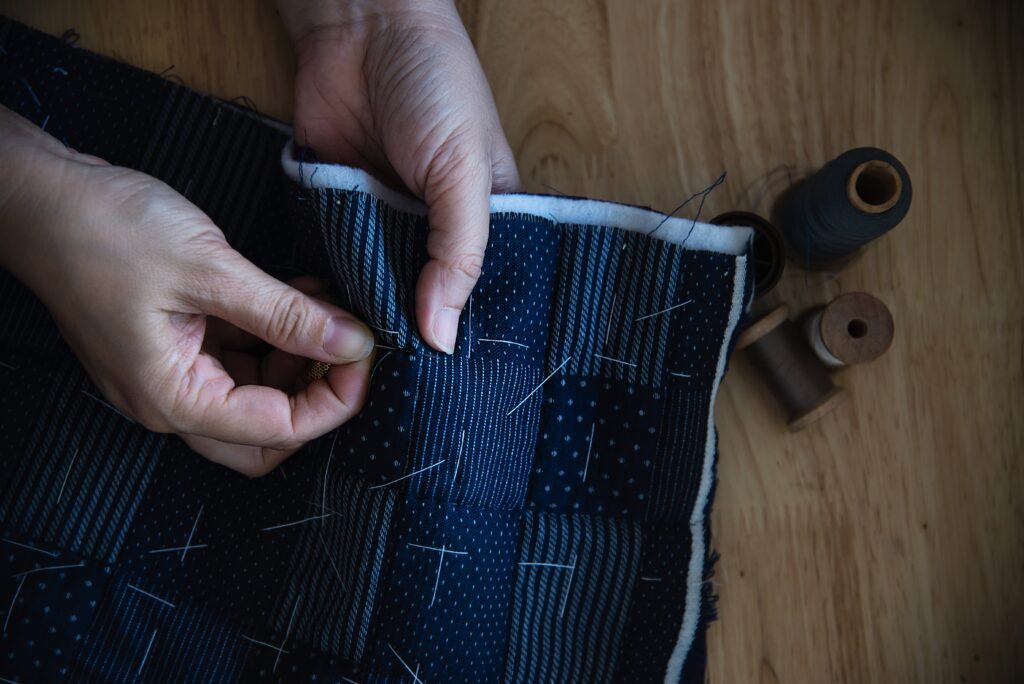What is Denim?
Denim is a special type of fabric made from 100% cotton fiber or sometimes denim is mixed with spandex and polyester. The denim is made with a twill weave. Jeans products are made from denim fabric. It is widely used for its durability, comfort, and style.Many people ask me what denim clothes are and the difference between denim and jeans. In this article, I will discuss the process of making 24 different types of denim. Denim is a special type of fabric made from 100% cotton fiber but sometimes denim is blended with spandex and polyester. The denim is made with a twill weave. The blended denim fabric has very good stretch and is comfortable to wear. Levis Strauss was the person who introduced denim.

Denim is used to make jeans (pants, jackets). Blue blue is often used to describe denim. The popularity of denim products is increasing day by day. Because denim is trendy and easy to wear. Teenagers generally prefer denim as part of their used clothing.
A lot of research and development has been done on denim and now you can get worldwide fashionable, stylish denim jeans and jackets. It will give you a classic look. You want to know how the jeans fabric is made and the steps involved in making it strictly. The difference between denim and jeans is that the fabric used to make jeans is called denim.
Denim Manufacturing Process
The denim manufacturing process begins with the use of cotton and eventually a denim fabric that passes the quality test is obtained. The process is as follows: cotton, blending, spinning, dyeing, weaving, coating & shrinking, and quality control.

Denim Manufacturing Process
Cotton
Blending
Spinning
Dying
Weaving
Shrinkage
Quality Control
Collection Of Cotton
The cotton for the road comes from all over the world. The length of the cotton fiber determines the density of the denim fabric. However, the fiber length varies within a single bale.
Blending the Cotton
To ensure consistent quality, the fabric from each bag is blended and pulled into a blender. Here, seeds, straw, and other impurities are removed. The cleaned and blended cotton fibers are then wound into a soft sliver. Now the bag is clean and tidy but not very tight.
Spinning of Cotton
Six pieces of cotton are stretched and joined together to form a thick yet flat piece. These pieces are then pulled and twisted into a dense yarn. For stretch, a rubbery denim elastase is spun into the yarn to create a yarn with stretch capacity. The fibers are collected in large containers and prepared for dyeing.
Dyeing or Coloring of Thread
Most jeans are made in a distinctive brown color. Indigo is one of the oldest dyes used in textiles and comes from the Indigo Ferrer plant. The yarn is spun into large tubes containing blue dye, and drawn up into the air in large drums as the indigo reacts with the browning oxygen The yarn is spun repeatedly until the cotton fibers turn a blue color with intense blackness. The collar is a coating on the yarn. The yarn is still white inside which gives the denim its faded gray quality when worn.

Weaving of Denim
At this time, colored yarns are woven into denim. If you look closely at your jeans you can see twill patterns in the blue and white threads as the blue thread is pulled up and down on the loom called the warp and the white weft thread turns back and forth from the whole wrapped denim pattern length of the loom.
The typical weave is square which means that three warp loops are visible for each fabric thread and that is why the fabric is so visible on the back of the fabric.6d

Another type of weaving is Salvage used in the RDD collection, salvaged denim is made the original way on old shuttle looms dating back to the 1950s. The production speed is much slower than modern looms reducing the tension on the yarn creating a softer feel and more durable fabric.
These old looms require more skilled workers and are only produced in Japan and Italy because of their long tradition and jeans manufacturing.
Coating and Shrinkage of Denim
It’s soft and stretchy so the fabric won’t rip when sewn into jeans. The denim is also heated and shrunk to keep the shape of the jeans intact after the sale.

Quality Control of Denim
There is strict quality control and finishing here in the denim line production before the denim leaves the fabric mill and the fabric is known to be of consistent quality It is important to jack and jone quality in jeans.

24 Different Types of Denim
After searching the web, we found 24 types of denim used for different reasons around the world. Of course, these types are just a detailed breakdown of how unique denim fabrics are.
Cotton Denim/100% Cotton Denim
1. Raw Denim/Dry Denim
2. Cotton Serge Denim
3. Colored Denim
4. Stretch Denim
6. Ecru Denim
8. Crushed Denim
9. Printed Denim
10. Sanforized Denim
11. Washed Denim/Acid WashDenim
12. Bubblegum Denim
13. Poly Denim
14. Bull Denim
15. Thermo Denim
16. Ramie Cotton Denim
17. Ecru Denim
18. Slub Denim
19. Vintage Denim
20. Fox Fiber Denim
21. Marble Denim
22. Reverse Denim
23. Ring Spun Denim/Dual Ring Spun Denim

Conclusion
Denim is a durable and versatile fabric made primarily from 100% cotton, often blended with spandex or polyester for extra stretch. The manufacturing process includes several basic steps including collecting, blending, spinning, dyeing, weaving, coating, and quality control of cotton.
Denim types such as raw, stretch, selvage, and printed denim are produced to cater to different styles and applications. The unique denim twill weave and iconic blue dyeing scheme are becoming a favorite for jeans, jackets, and other fashionable garments, which are coveted worldwide for their comfort, durability, and timeless appeal.



